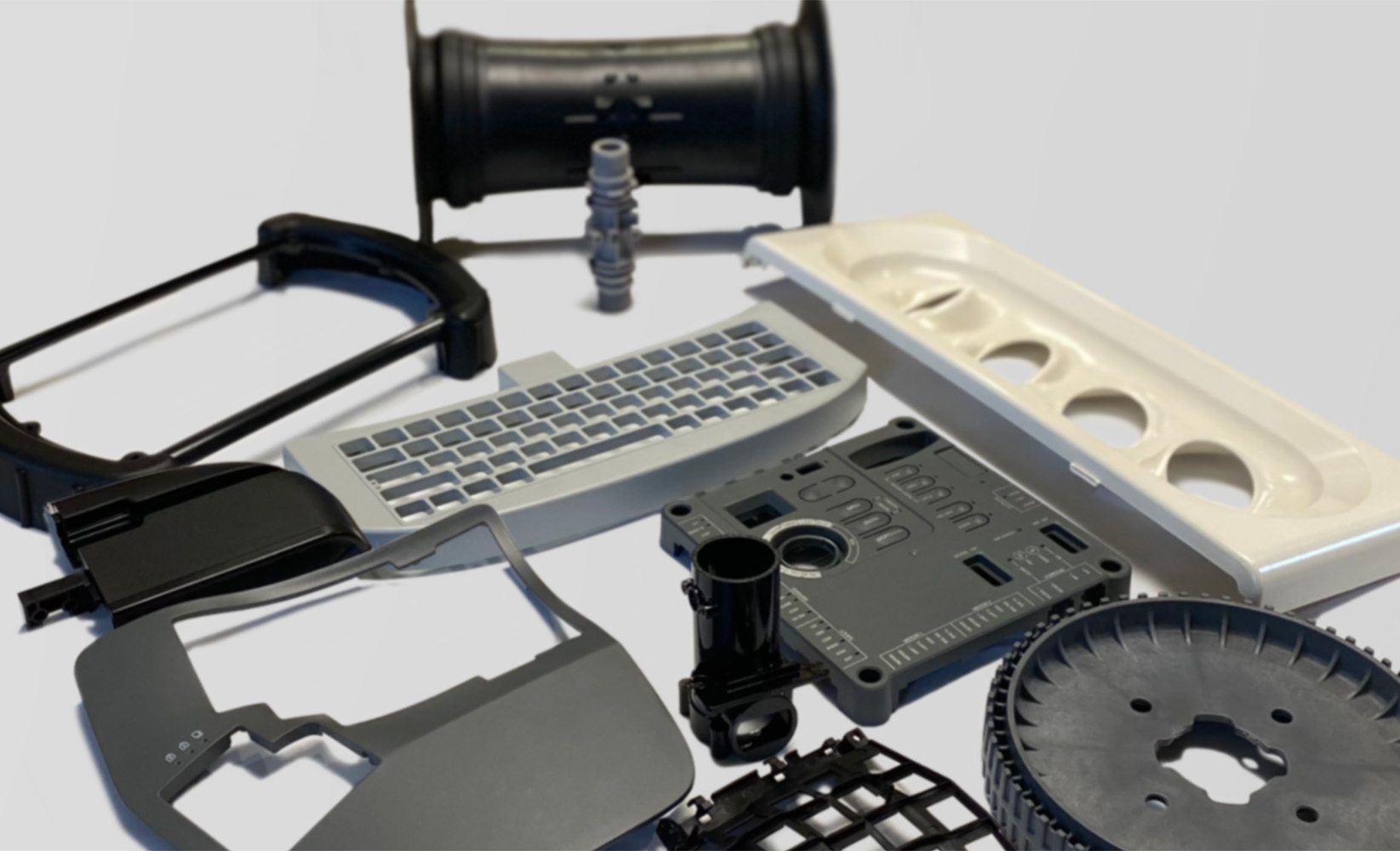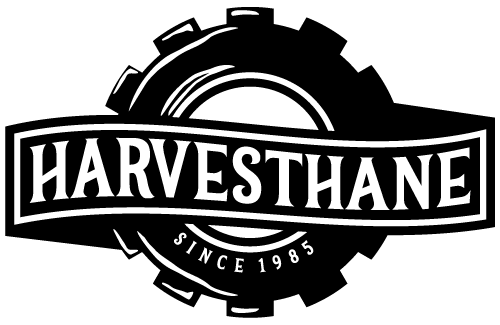When customers come to Molded Dimensions Group for part development, we partner with them in a working relationship. Using our ADEPT process, we determine the customer’s project needs and goals, which includes a thorough review of all details for each requested component. One such detail is the consideration of material specifications.
Molded Dimensions Group offers expertise in rubber, plastic, and urethane production. Each of these materials is well-utilized in creating molded parts, but it is likely that a particular material will be better-suited for a given project, once all requirements and goals are taken into account. Plastic offers numerous benefits for customers to evaluate when making material selections – here are 5 of those advantages.
Material Choice
For every requirement in a plastic part—such as strength, durability, resistance to scratching or warping, lubricity, and more—there is a plastic material available to meet that need. Advances in polymers have contributed to the development of this large selection of resins from which to choose. In fact, manufacturers can even use different types of plastics simultaneously during the same injection molding process.
Cost
Plastic injection molding is a largely automated process, with the majority of the process performed by machines and robotics. This automation helps eliminate the manual labor involved, and also reduces the chances for inaccuracies, thus making the process very cost-efficient. Additional savings are found in the possibility of high mass production output. And while the creation of molds can initially be expensive, costs are significantly reduced in the long-term, since multiple volumes of plastic parts can be created with one mold—and complex parts do not require secondary detailing processes.
Strength
New additives and evolving manufacturing processes are resulting in plastic materials that are stronger and more durable, but lighter as well. Material blends can even be formulated to meet specific part characteristics, including high tensile strength. Plastic injection molding also allows for the addition of fillers. These strength-imparting materials—including silica, calcium carbonate, mica, clay, and more—reduce the overall density of the plastic and add greater strength to the molded part.
Production Flexibility
Using plastics in injection molding gives manufacturers a platform to tailor production parameters according to each customer’s unique and varied needs. The process offers flexibility in design, material, scalability, customization, and beyond. Injection molding is a rapid process that allows for low, medium, and high production outputs. As a result, plastic injection molding is ideal for making functional prototypes and custom parts.
Design Versatility
Customers have much control over the final produced part when utilizing plastic injection molding: complex designs, surface finishes, and specific colors are all possible, without secondary operations. Multifaceted plans can be accomplished with a high degree of precision and consistency. The integration of intricate details into a molded component—made possible by the liquid nature of heated thermoplastics and the amount of pressure applied to the resins—is accomplished with robust, well-designed tooling.
The efficiency and versatility of plastic injection molding will only be extended with future advancements and modern trends. Working with Molded Dimensions Group will make these advantages of plastic attainable for you—reach out to us, and let’s get your project started.




